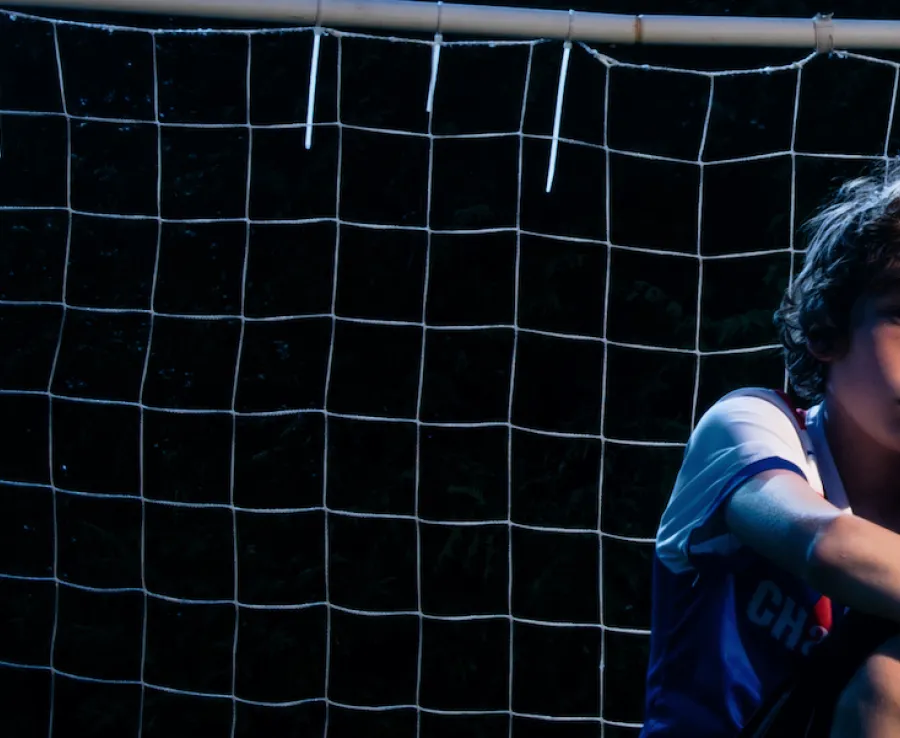This page contains information that could be distressing or confronting. If you are in immediate danger, call 000. If you or someone you know requires support, contact the following provider, or visit our Make a Complaint or Report page.
- Lifeline | 13 11 14
- Beyond Blue | 1300 224 636
- Black Dog Institute | 02 9382 4530
- Headspace
- Wellmob Online Counselling
- Yarning SafeNStrong

